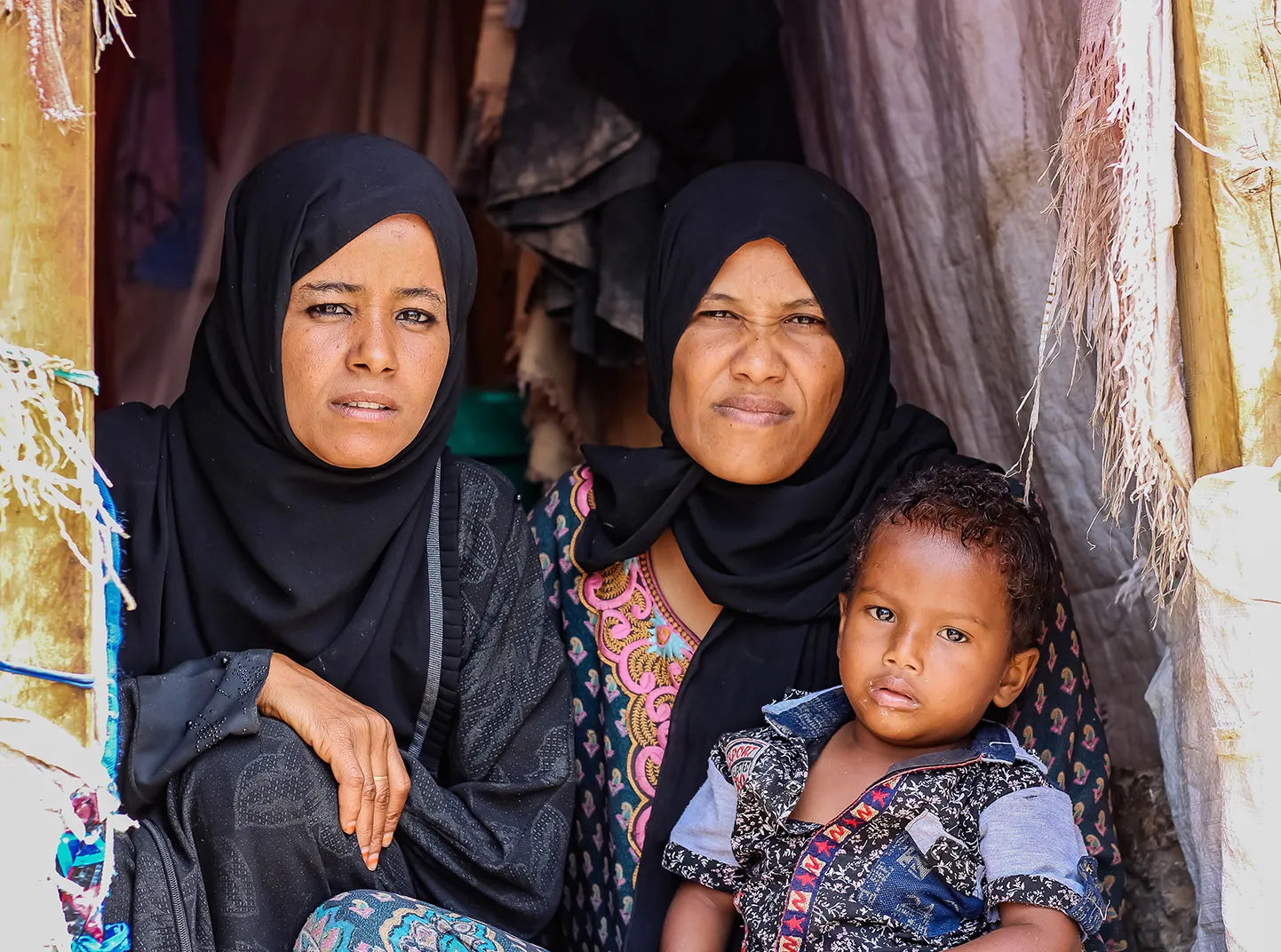At the same time, crisis and humanitarian needs have grown significantly over the last 10 years. While we traditionally separate development for “stable” areas and humanitarian response for crisis zones, in 2019, few countries or regions in the world are truly stable. Poverty and hunger overlap in fragile contexts, with more than 80% of the global poor expected to live in fragility by 2030. In this new world, wars, conflict, natural disasters and impacts of climate change are commonplace in countries where long-term efforts to reduce chronic hunger and malnutrition are playing an increasingly important role.

